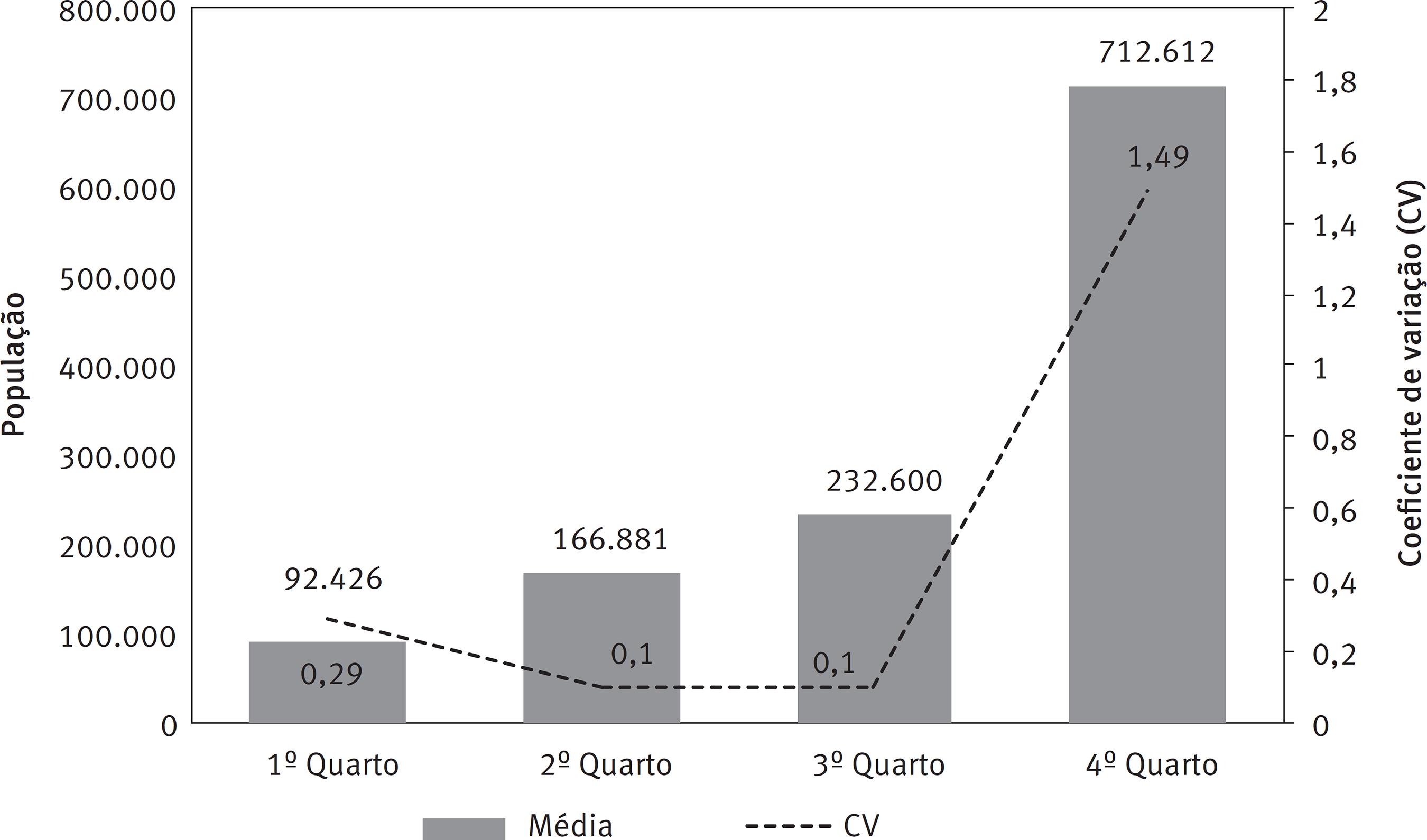Abstract
Understanding future scenarios of population size and distribution is a key aspect in regional analysis and planning. The main objective of this paper is to critically discuss some mathematical extrapolation techniques frequently used for projection in small areas, in order to contribute to the analytical instruments of demographers and planners. Population projections for small areas pose a challenge for planners due to the instability of the predictions and the conflict with the pressing need for formulating public policies. Thus, this paper presents the application of five projection techniques for small areas, as well as some error measures, comparing the projections made for the 2010 Minas Gerais micro-regions with the reality observed in the Demographic Census carried out in the same year. The results show the reliability of simple projection techniques in the short term. The discrepancies between projected and observed populations are due to dimensional, spatial, and temporal effects that cannot be measured exactly, but which do not invalidate their utilization since when the limitations are known and taken into account.
Keywords
Population projections; Small areas; Demographic techniques; Minas Gerais

 Fonte: IBGE. Censo Demográfico de 2010.
Fonte: IBGE. Censo Demográfico de 2010.
 Fonte: IBGE. Censos Demográficos de 1991, 2000 e 2010;
Fonte: IBGE. Censos Demográficos de 1991, 2000 e 2010; 






